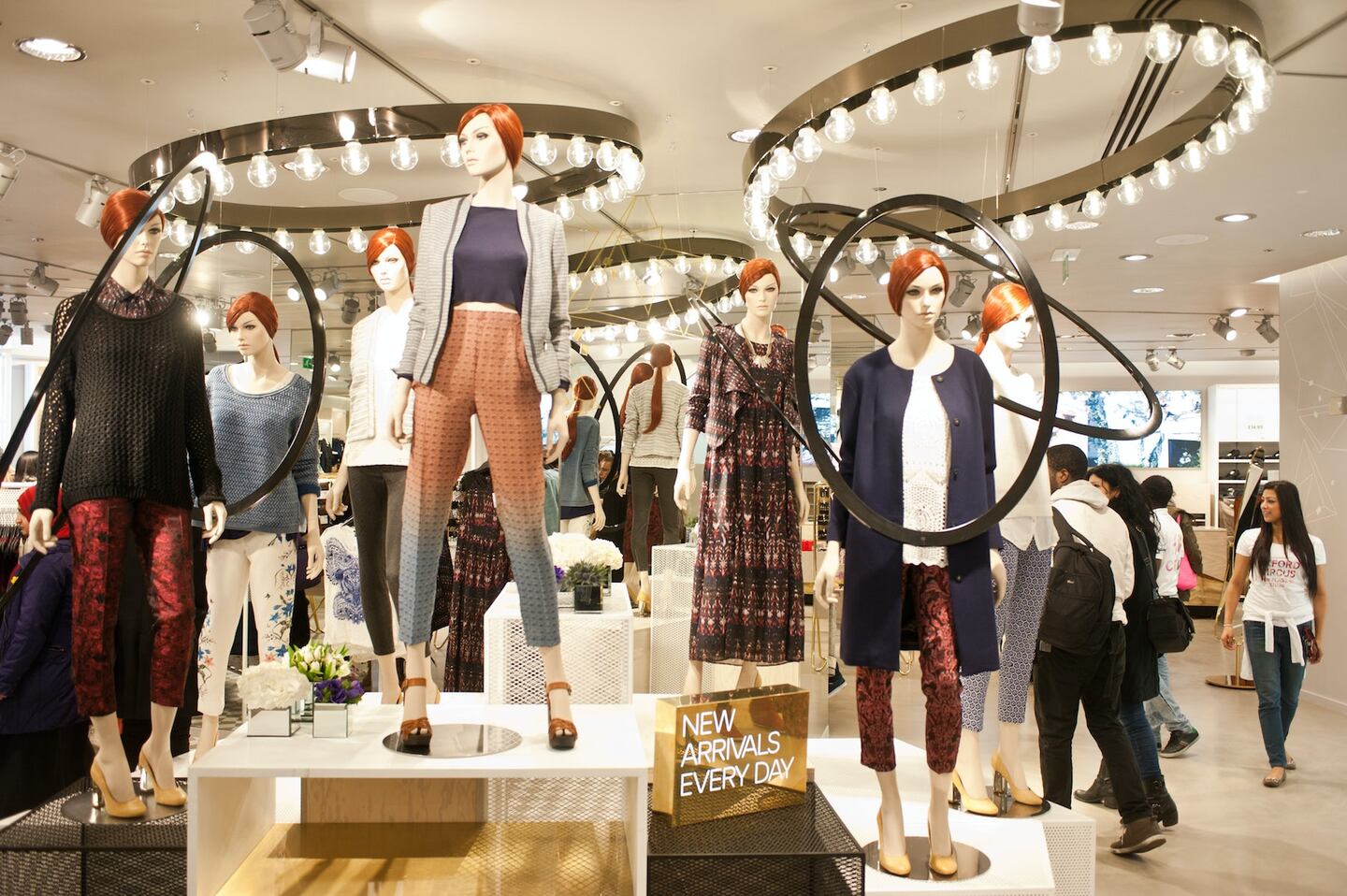
The Business of Fashion
Agenda-setting intelligence, analysis and advice for the global fashion community.

Agenda-setting intelligence, analysis and advice for the global fashion community.

STOCKHOLM, Sweden — H&M, the world's second biggest fashion retailer, on Monday reported a sharp but slightly smaller than expected drop in second-quarter sales as measures to slow the Covid-19 pandemic slammed the sector.
The Swedish company's net sales for the three months to May 31 fell 50 percent from a year earlier to 28.7 billion crowns ($3.1 billion). Analysts had on average forecast a fall to 27.5 billion, Refinitiv data shows. Online sales jumped 36 percent.
H&M, which began gradually reopening stores in late April after about 80 percent were shuttered by the pandemic, said local currency sales in the first 13 days of June were down 30 percent.
"The pace of the sales recovery varies largely between markets," it said.
ADVERTISEMENT
H&M, which reports full quarterly earnings on June 26, said 18 percent of 5,058 stores remain closed temporarily.
RBC analyst Richard Chamberlain, with a "sector perform" rating on H&M, said he remained relatively cautious on the margin and inventory outlook, and predicted sales would keep recovering only gradually.
"In many markets we expect to see customers preferring to shop locally and more pressure on urban locations more reliant on tourism and people using public transport," he said.
H&Ms' biggest rival Inditex, the owner of Zara, recorded a 44 percent sales drop for the February-April period, with constant-currency sales down 34 percent over June 2-8.
Shares in H&M, which has flagged its first loss in many decades for the second quarter, were down 2 percent in early trade and 26 percent so far this year.
Before the pandemic, H&M was well on its way to end a years-long rise in inventories after many stores struggled with digitalisation and tougher competition.
Chamberlain said inventory had been tightly controlled through the pandemic but he expected it to have risen in May as delayed products from China and Bangladesh arrived in stores.
By Anna Ringstrom with additional reporting by Colm Fulton; editors: Johannes Hellstrom, David Goodman and Kirsten Donovan
The online fashion retailer plans to update China’s securities regulator on the change of the initial public offering venue and file with the London Stock Exchange as soon as this month, a person with knowledge of the matter said.
The company, under siege from Arkhouse Management Co. and Brigade Capital Management, doesn’t need the activists when it can be its own, writes Andrea Felsted.
As the German sportswear giant taps surging demand for its Samba and Gazelle sneakers, it’s also taking steps to spread its bets ahead of peak interest.
A profitable, multi-trillion dollar fashion industry populated with brands that generate minimal economic and environmental waste is within our reach, argues Lawrence Lenihan.